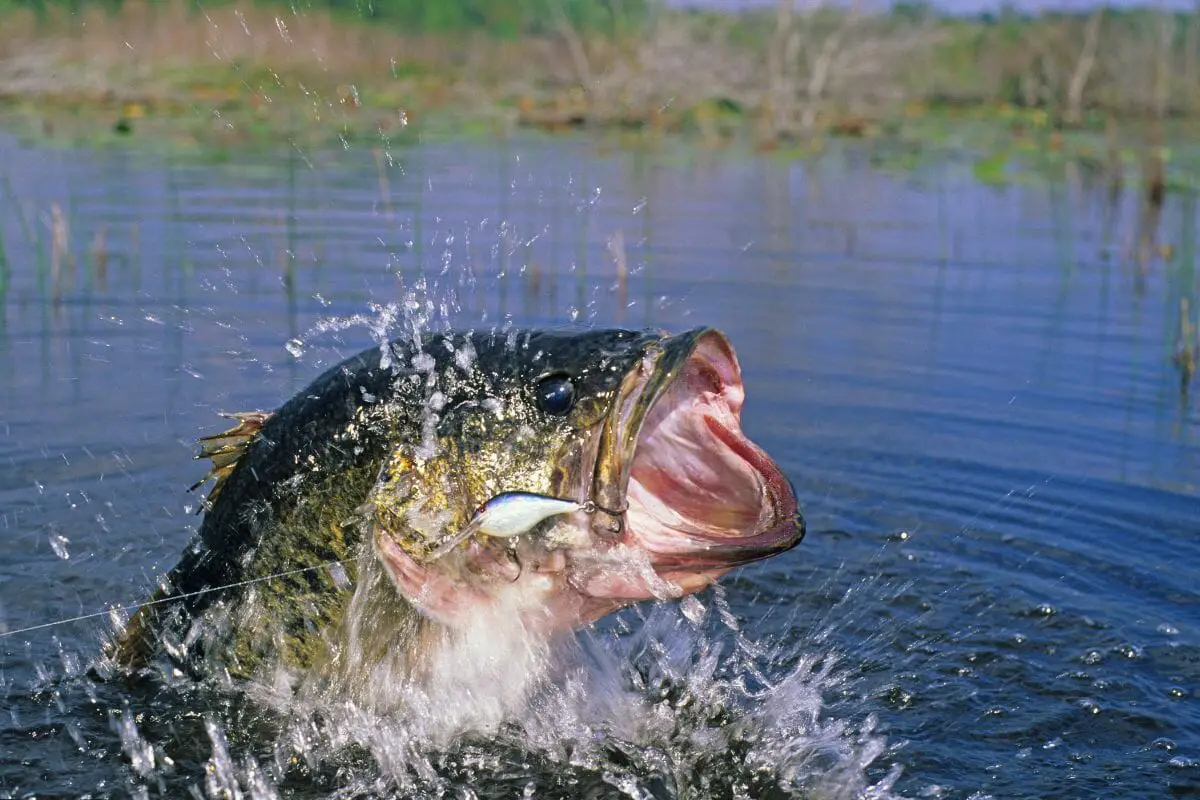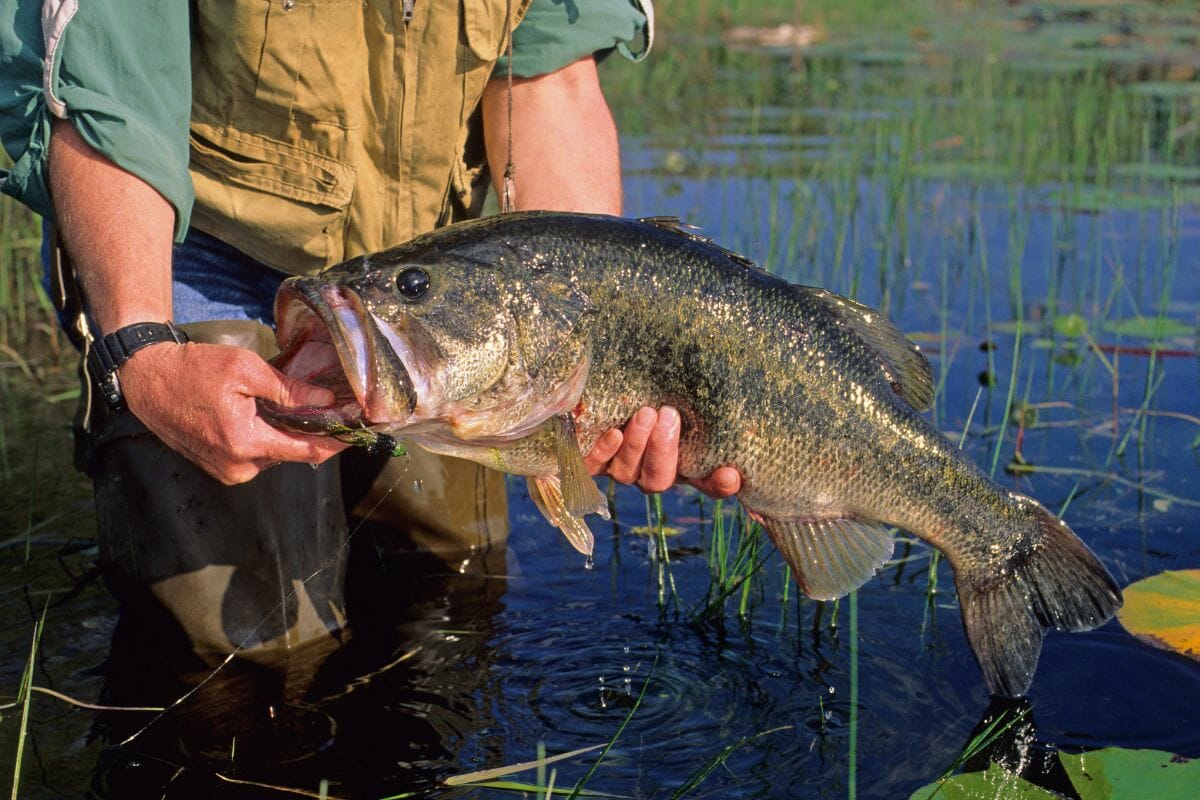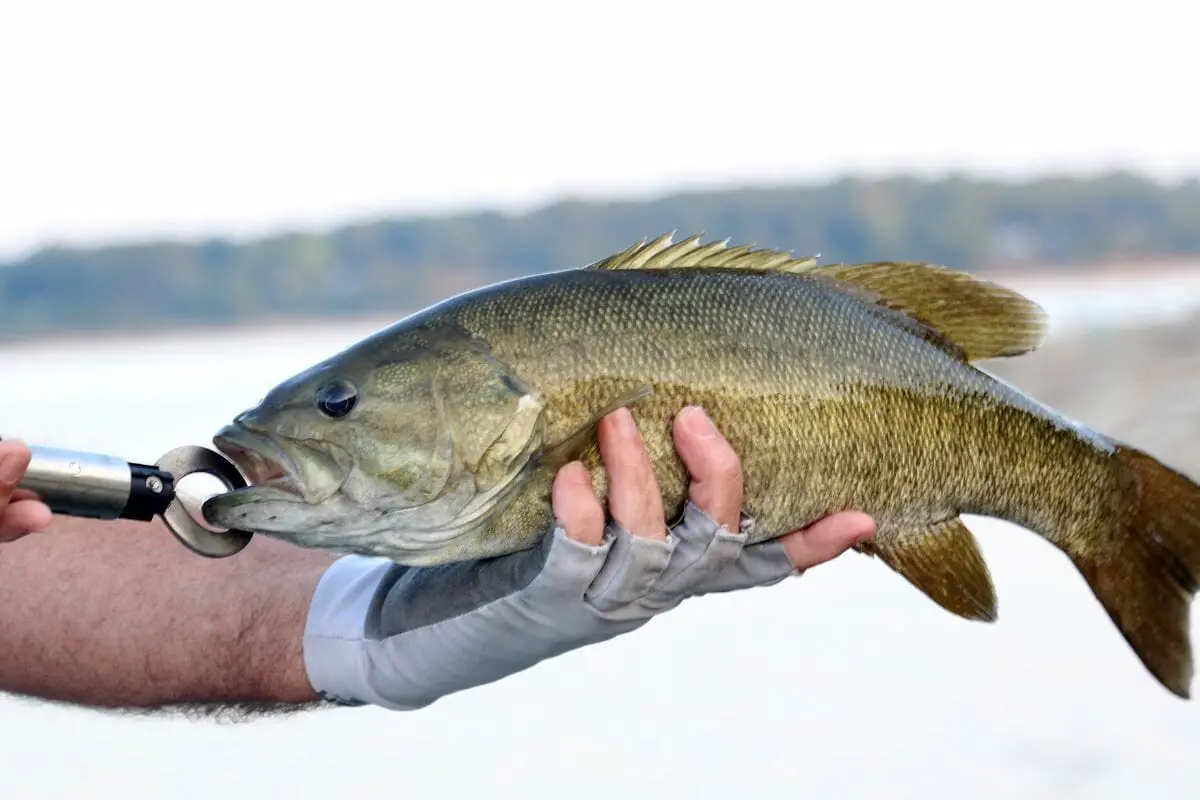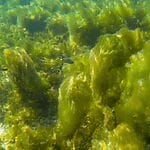Bass is probably the fish that gets fished most regularly, and even the mere mention of a bass to some angulars will get them excited, so what makes these fish so special?

Well, there are so many different types of bass that live all over the world, so learning about them can be incredibly interesting!
Whether you’re a bass expert or new to learning about bass altogether, this guide will help to shed some light on some of the most popular and interesting types of bass that exist today.
Largemouth Bass

Arguably the most popular game fish in the entirety of the United States, this bass is known for its extremely good taste too.
These bass feature an incredibly large mouth, as the name would suggest, with an upper jaw that extends back beyond the eye once fully grown, but they are actually toothless.
In color, these basses are commonly found to have a silver to white coloring but are also known to appear in metallic green and occasionally light brown, however, these brown variations tend to live in much darker waters than the other two.
Once fully matured, they typically reach up to 15-16 inches in length, but the biggest ever record was 38 inches!
In terms of environment, this bass much prefers clear and quiet waters, often found in rivers, ponds, freshwater lakes, and swamps.
The adults like to use the vegetation in these bodies of water to hide themselves when catching prey, and their young use sunken logs, weeds, and other vegetive stumps to hide away from any predators.
Their typical diet tends to consist of smaller fish, crayfish, insects, frogs, and crustaceans.
Smallmouth Bass

These fish are incredibly popular amongst angulars due to their stubborn and energetic nature, making them a rather thrilling catch.
The fish will fight and pull quite hard once hooked, and it is rare that they’ll ever submit, so if you plan to try catching a smallmouth bass then you certainly need to be ready for quite a difficult catch!
These bass feature a larger tail than seen on the Largemouth, which makes them much more proficient swimmers thanks to them being even more streamlined, which is another reason why they’re so much harder to catch.
Their jaw comes up to around eye level, and their coloring usually consists of brown scales, with menacing red eyes.
Whilst the Largemouth has horizontal stripes, these fish have vertical stripes.
There’s also a slight size difference between the males and the females too, with the males weighing an average of 2lbs as opposed to the female’s 4lb average.
Length wise this bass tends to grow to around 12 inches long, but the longest record was at a whopping 20 inches!
Spotted Bass

Known commonly amongst angulars as a “Spotty” these basses tend to resemble Largemouths but as some places have restrictions on which fish you can and can’t fish, it’s incredibly important that you begin to learn how to distinguish between the two!
This bass acts slightly different from a Largemouth when hooked for a start, and tends to hide amongst the waterbed instead of trying to free itself.
It is equally aggressive though.
Another way to differentiate them is their physical qualities, the jaw on these bass doesn’t extend past the eye line as it does on a Largemouth, and they also have a dark spotted line, as well as other dark spots near their stomach area.
Their habitat also tends to differ from Largemouths too, preferring bodies of water with a stronger current, and ones that are warmer too.
Their general diet is composed of zooplankton throughout their youth, and then eventually once they mature they begin to feed on fish, insects, and crayfish.
Guadalupe Bass
Often found in smaller streams, this bass has features that make it resemble both Largemouth and a Spotted bass, but it does have some distinctive characteristics that make it easier to distinguish.
These bass are known for their stunning diamond shaped pattern across their body, often in black coloring, and their stomachs are often seen with rows of spots that form lines across the bass’ belly.
This color commonly goes much lower than the Spotted bass and also is seen in more of a green color.
Due to living in flowing streams, they don’t grow to be particularly large, in fact, their average weight is only around 3lbs.
But despite this small size, these fish still provide a good thrill for angulars, especially those who like to take in the setting where these fish would typically be found.
Their diet mainly consists of insects when they’re smaller, but they do eventually transition to fish, and also tend to make this transition much quicker than Largemouth bass do.
Unfortunately, since Smallmouth bass were introduced into their environments, the population of Gudalupes has begun to reduce as a result of inbreeding.
Choctaw Bass
Appearing similar to a Spotted bass, the Choctaw is often found in the rivers of the southern states of the United States, as was only recently discovered, so understanding its behaviors and lifestyle is going to take some time!
What makes this bass so unique is that it is actually the only type of bass that was discovered in the habitat it was originally found in, which will ensure that the population stays healthy as there is no chance of any interbreeding with other species.
Additionally, its feeding patterns appear to be fairly similar to other types of bass too, commonly feeding on smaller bass, crayfish, and once matured, other fish.
Conclusion
These bass are just a few of the many different species of bass that inhabit our waters, and the Choctaw makes is a great example of the fact that there could be even more bass out there than we currently know about!








